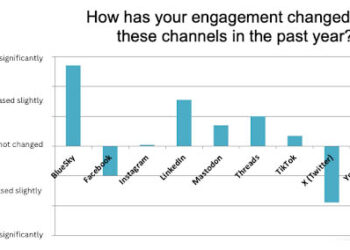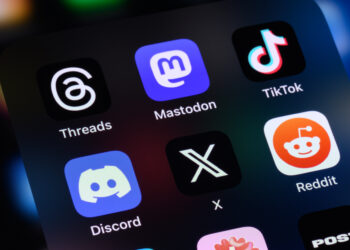
- Image via CrunchBase, source unknown
Amazon continues to come up with surprising things, lining up its initiatives in intriguing ways.
In 2005, their Mechanical Turk initiative began, but its exact application was unclear. Sure, it let people do work for Amazon for micro-payments, but often the workload exceeded the reward by quite a factor. Still, 100,000 people do work through the service.
For the iPhone, Amazon has a great version of its site, making finding and buying products through it a snap.
Now, Amazon has created an iPhone application that makes Mechanical Turk useful in a new way.
The basic premise is this: you’re out somewhere, you see something you like, but you don’t know if Amazon carries it. You take a picture of it using the Amazon iPhone application. Someone in the Mechanical Turk program identifies the product, finds out if Amazon carries it, and sends you an email with the result. If Amazon carries it, you’re given a link to the product so you can buy it.
Using cell phone cameras in a retail space is an old idea, but this is a new way to realize it. Instead of using the camera to recognize bar codes, Amazon is allowing users to just snap a picture of the thing they see — a vase, a dish, a broach, a pair of pants. Then, other people earn a few cents telling that user where to find the thing on Amazon.
How important will this be? It’s hard to say. Given Amazon’s track record, the results might surprise us all.
But here’s my notion — science teachers and educators should start something like this for students.
Millions of students are trotting around with camera cell-phones. Imagine if they could snap a picture of an interesting bug, cloud, rock formation, or plant, and find out from a scientist what it is. Science education would be interactive in a whole new way, and “teachable moments” could occur more spontaneously.
It may never happen, but uniting portable technologies with human intelligence seems like something that will have an application someday, somehow, in the educational realm.
Just picture it.
Discussion
2 Thoughts on "Picture This, Science Teachers!"
Love the idea for the student science app and agree that it would be great for all of us. Having a scientist identify the item could be one option. Image analysis (which has a ways to go) could identify the object, take the student to similar images (w. Google’s help?) and to a text description (Wikipedia?). Too much info for some but others may love the different types of information.
![Reblog this post [with Zemanta]](http://img.zemanta.com/reblog_e.png?x-id=99bb51bc-5097-4eed-9ac9-f747e2be70a3)


